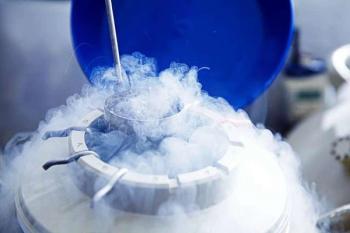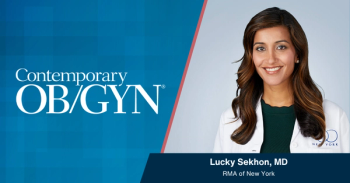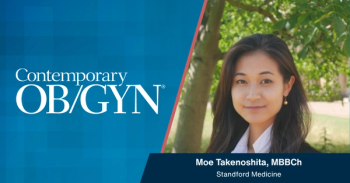
Cabergoline May Prevent Ovarian Hyperstimulation During IVF
Ovarian hyperstimulation syndrome (OHSS) appears in 3% to 8% of in vitro fertilization cycles. Now, new research shows that cabergoline, a dopamine agonist, can be effective in preventing OHSS in this patient population.
Ovarian hyperstimulation syndrome (OHSS) appears in 3% to 8% of in vitro fertilization cycles. Now, new research shows that cabergoline, a dopamine agonist, can be effective in preventing OHSS in this patient population.
Dr. Huilin Tang, from the department of pharmacy, Therapeutic Drug Monitoring and Clinical Toxicology Center of Peking University, China, and colleagues conducted a search of major medical databases for randomized controlled trials comparing cabergoline with placebo, no treatment, or another intervention for preventing OHSS in high-risk women. Based on study inclusion, only two studies were used in this analysis. These studies included 230 women who received a placebo or oral cabergoline 0.5 mg daily as the intervention. In one of the studies, the women received cabergoline for eight days following the day of hCG injection. In the other study, patients received cabergoline for three weeks starting the day after oocyte retrieval; these patients had also received prophylactic intravenous human albumin on the day of oocyte retrieval.
After conducting a pooled analysis, Tang et al. found a statistically significant difference between the intervention and placebo groups regarding the incidence of OHSS (odds ratio= 0.40). While the researchers failed to find a statistically significant difference between groups for severe OHSS, they did find a significant difference in reduction for modest OHSS in the group who received cabergoline (odds ratio= 0.38). Moreover, Tang and colleagues noted that cabergoline appeared to be safe. There was not a statistical difference in rates of miscarriage or adverse effects between the two groups; cabergoline also did not appear to affect pregnancy rate.
The results of this analysis have great clinical implications since the agent appears safe and effective. The authors explained: “There is evidence that cabergoline reduces moderate OHSS but there is insufficient evidence that it reduces severe OHSS. The use of cabergoline does not influence the pregnancy outcome (clinical pregnancy rate, miscarriage rate).”
Tang and colleagues added, “Further research should consider the risk of cabergoline and the comparison between cabergoline and established treatment (such as intra-venous albumin, coasting). Thus large, well-designed and well-executed RCTs that involve more clinical endpoints are necessary to evaluate the role of cabergoline in OHSS prevention.”
Related Content
References:
Reference:
Tang H, Hunter T, Hu Y, et al. Cabergoline for preventing ovarian hyperstimulation syndrome. Cochrane Database Syst Rev. 2012 Feb 15;2:CD008605
Newsletter
Get the latest clinical updates, case studies, and expert commentary in obstetric and gynecologic care. Sign up now to stay informed.















